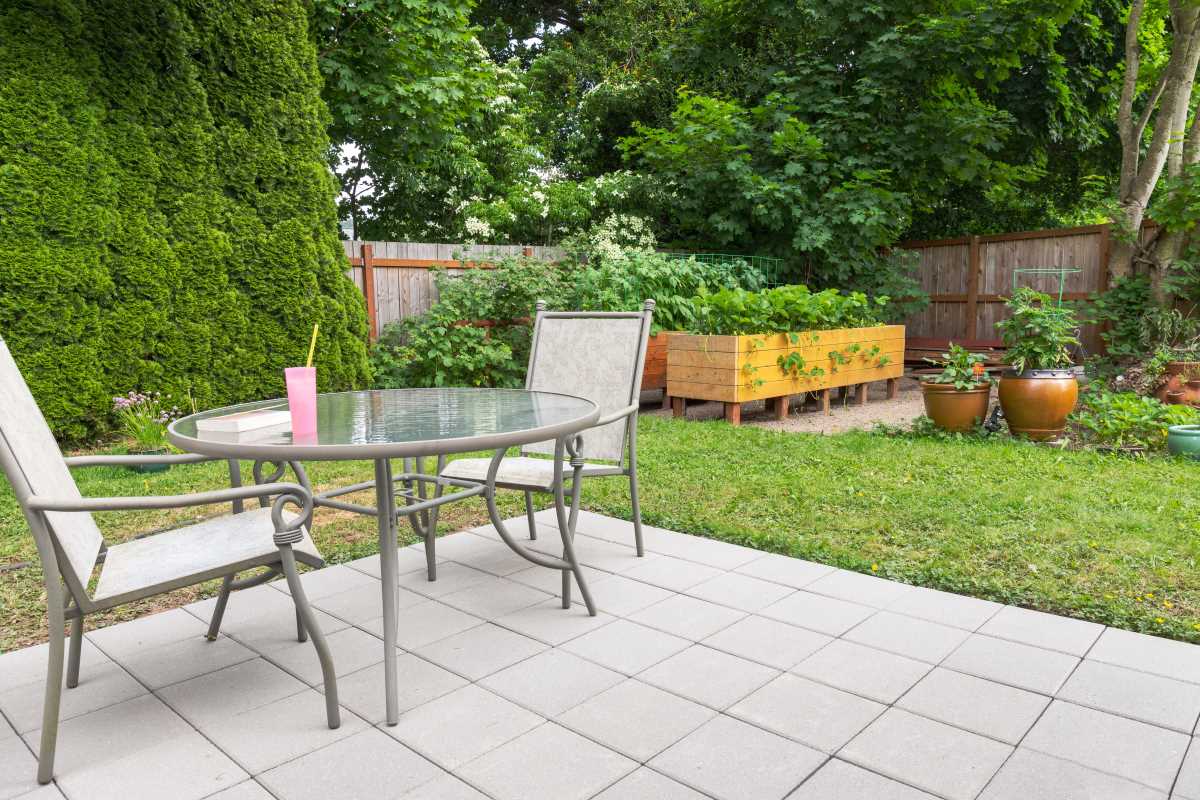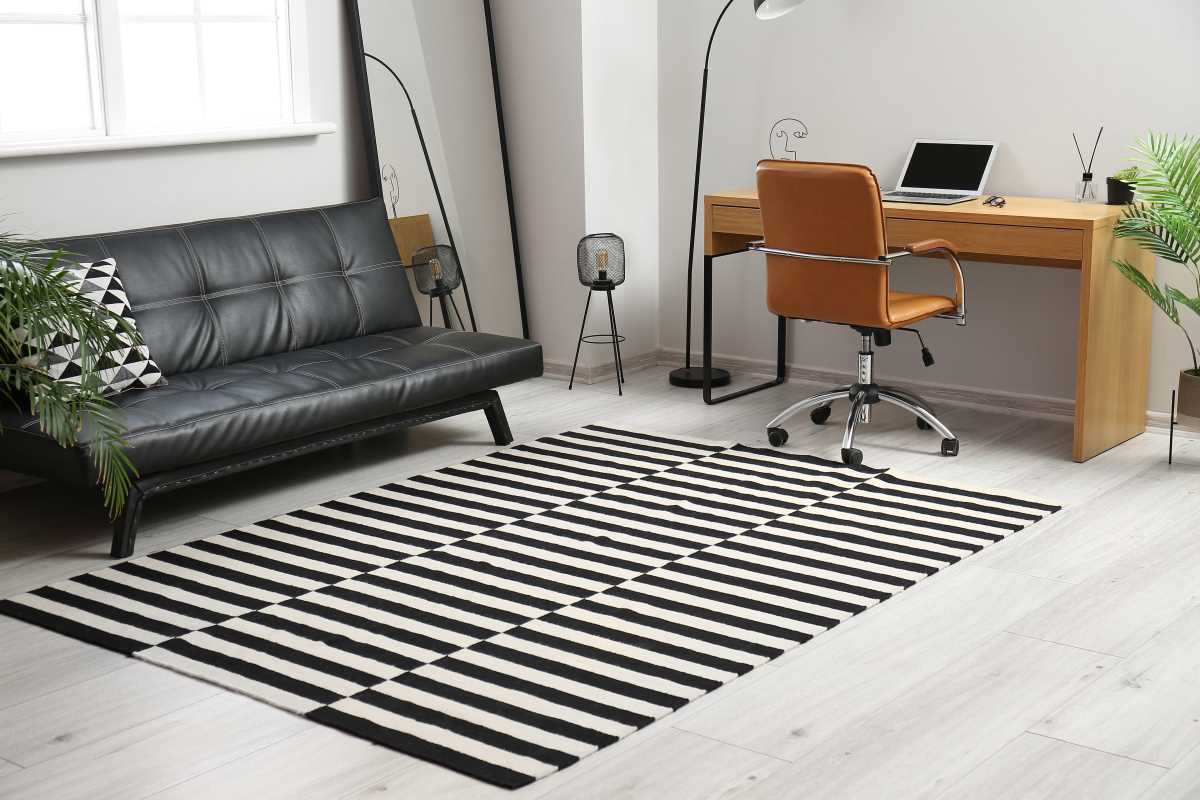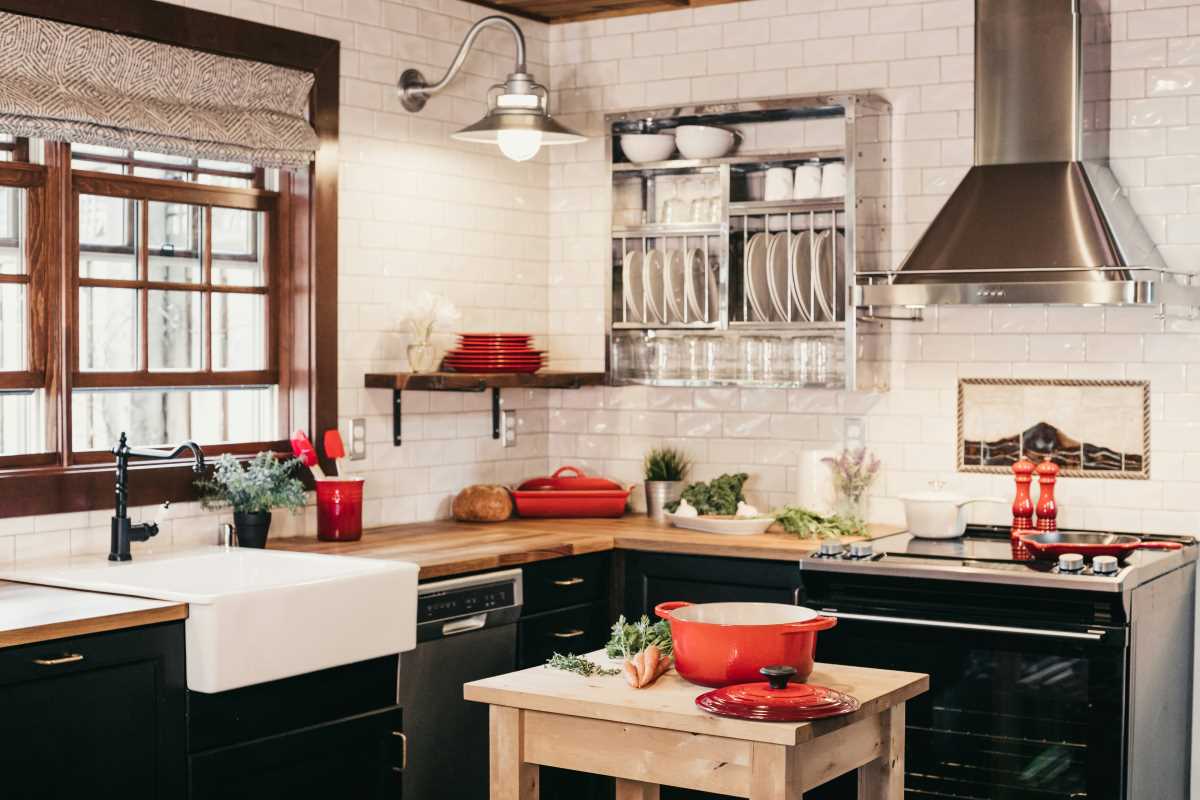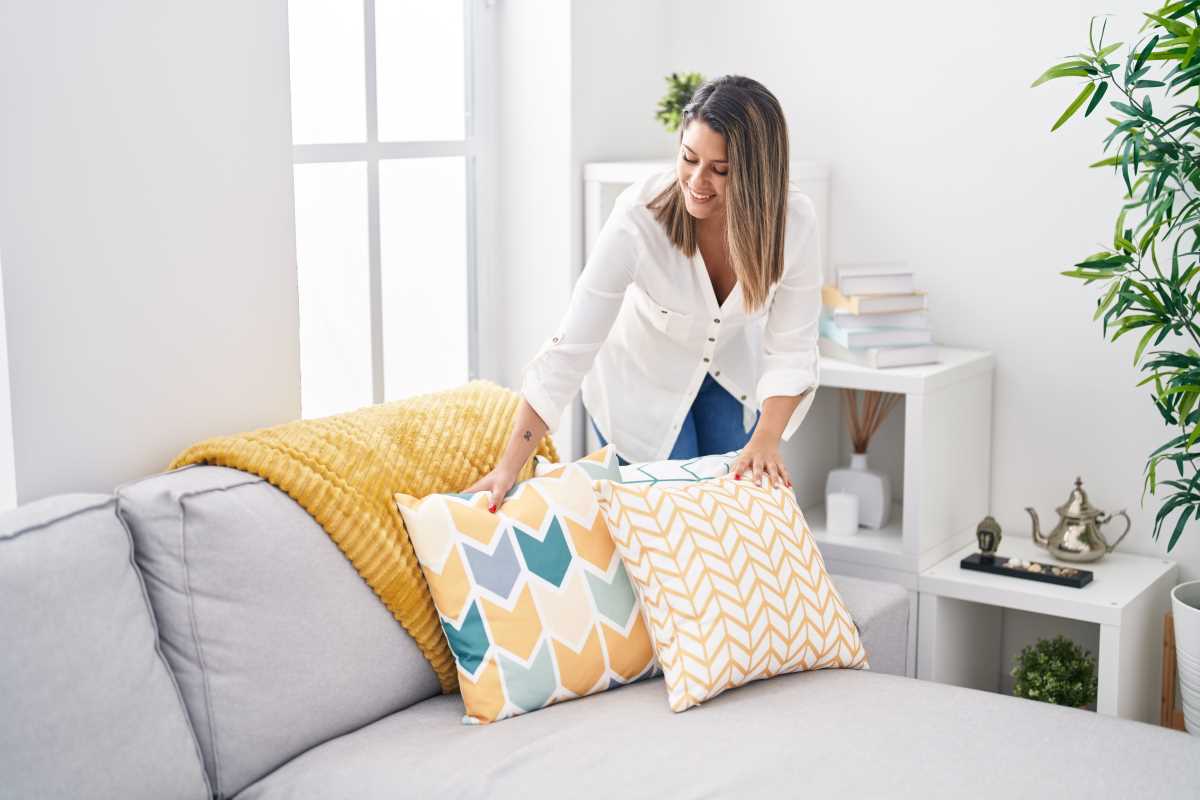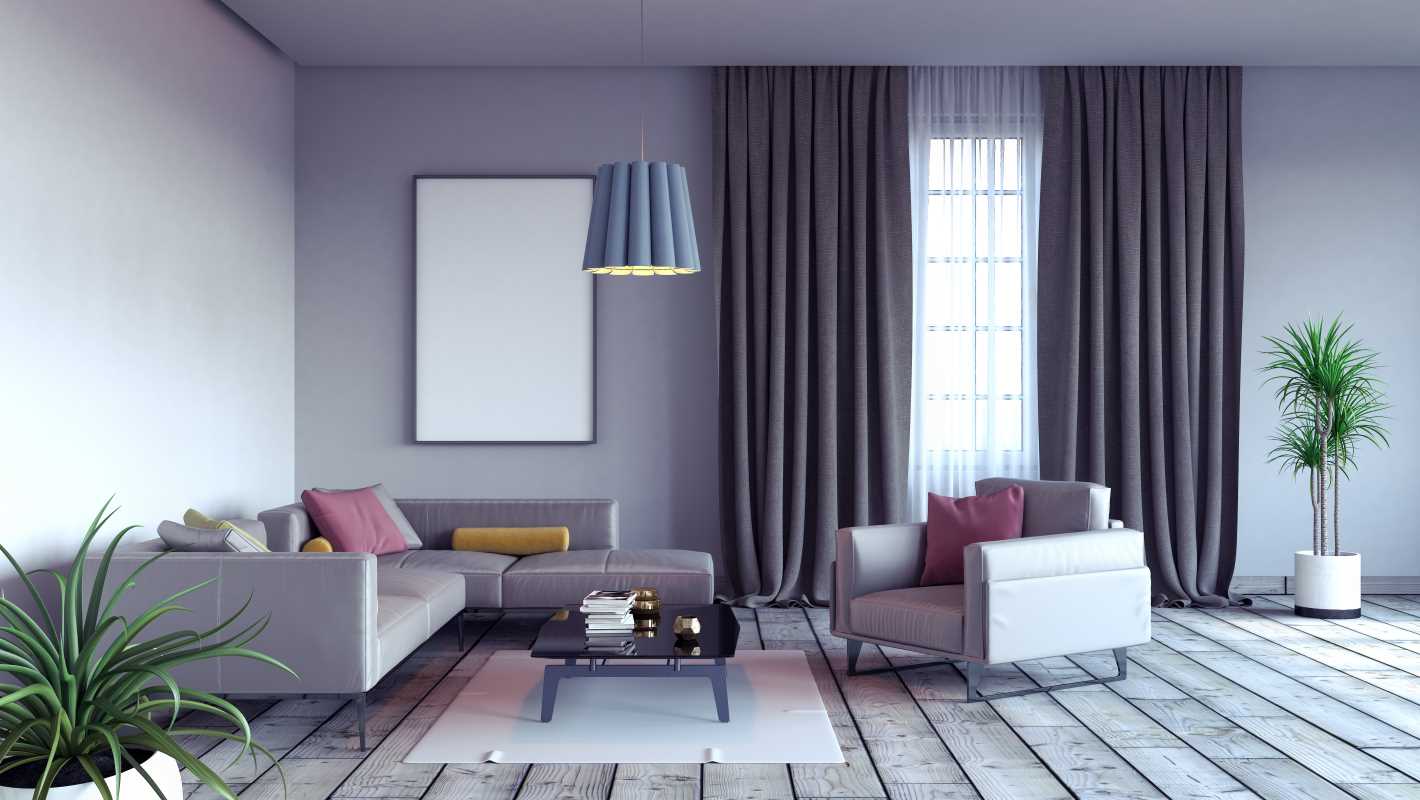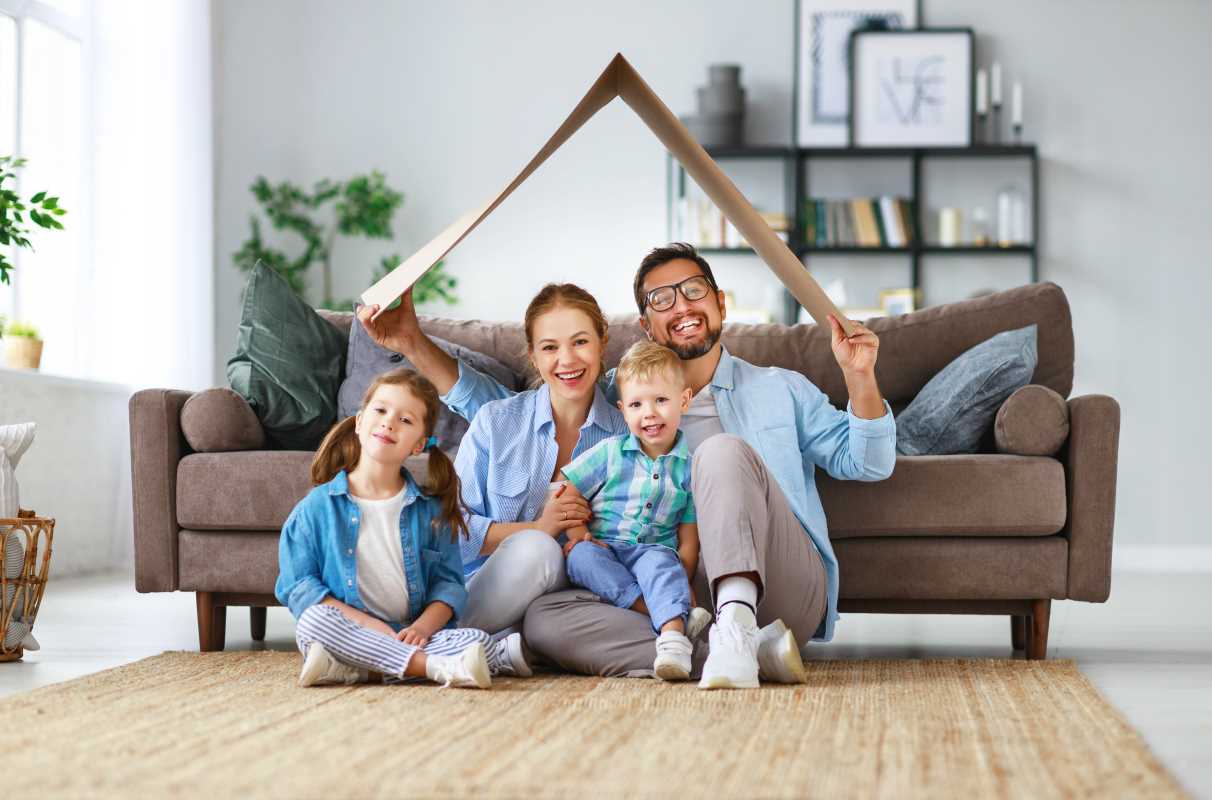An inviting and comfortable living room is essential for relaxation and entertaining guests. However, design flaws can hinder the overall ambiance of the space. Fixing these issues can transform your living room into a stylish and functional area that reflects your personality and lifestyle. Let's explore some practical solutions for addressing common design flaws in your living room.
Room Layout:
The layout of your living room has a profound effect on both its functionality and the comfort of those using it. A well-designed space not only enhances visual appeal but also encourages easy interaction and accessibility, making it ideal for relaxation and social gatherings alike. When arranging furniture, start by focusing on the room’s primary function, whether that’s entertaining, family time, or a combination of activities. Ideally, seating should be oriented to allow natural conversation flow, with sofas, chairs, and loveseats facing each other or centered around a focal point, such as a fireplace or television.
Spacing is essential:
Ensure there’s enough room for people to move around without obstruction. A good rule of thumb is to maintain at least 18 inches between the coffee table and seating, and pathways should be at least 3 feet wide for comfortable movement. If the room is small, consider multi-functional furniture like ottomans or benches that can double as seating or tables. Additionally, experimenting with different layouts can help create a balanced ambiance. Try repositioning larger items or adding smaller accent tables and lamps in underutilized areas to improve flow. Even small changes can transform the space, making it more inviting and cohesive for everyone.
Lighting:
Inadequate lighting can make your living room feel dark and unwelcoming. To brighten up the space, one useful fact is to incorporate a mix of lighting sources such as overhead lights, floor lamps, table lamps, and wall sconces. Consider adding dimmer switches to control the intensity of the light based on the desired mood. Proper lighting not only illuminates the room but also enhances the overall atmosphere.
Wall Color and Decor:
The color scheme and decor in your living room play a significant role in setting the tone and style of the space. If your walls are painted in a dark or outdated color, consider giving them a fresh coat of paint in a lighter hue to make the room feel more spacious and inviting. One fact to consider is that incorporating artwork, mirrors, or decorative accents can add personality and visual interest to the walls. Choose pieces that complement the overall design aesthetic of your living room.
Clutter Management:
Clutter can easily overwhelm even the most thoughtfully designed living room, turning a relaxing space into one that feels chaotic and unwelcoming. Start with a thorough decluttering session by evaluating each item: ask if it serves a current purpose or brings you genuine joy. If it doesn’t, consider donating, recycling, or finding a more suitable place for it outside the living room. Reducing unnecessary items will instantly create a sense of openness and calm.
Once you've removed the clutter, focus on smart storage solutions that keep essentials neatly organized and within reach. Baskets can be a versatile option for storing things like blankets, magazines, or small gadgets, and they can be tucked away under tables or beside seating to maintain an organized look. Shelves offer additional storage for decorative items and books, and can be used to add personality while still keeping surfaces clean. For multifunctional storage, consider an ottoman or coffee table with hidden compartments where you can store remote controls, coasters, or children’s toys.
Keeping the decor simple and intentional also plays a key role in creating a cohesive and appealing space. Choose a few key pieces and arrange them thoughtfully to enhance the room’s aesthetic without crowding it, as a minimalist approach often feels both stylish and relaxing.
Rug Size and Placement:
An incorrectly sized or misplaced rug can throw off the balance of your living room design. To ensure harmony in the space, one fact to bear in mind is that the rug should be large enough to fit under the front legs of furniture in the seating area. This helps anchor the space and ties the furniture together. Additionally, make sure the rug placement complements the room's layout and overall design aesthetic.
Window Treatments:
Window treatments are not just functional but also contribute to the overall style of your living room. Consider replacing outdated curtains or blinds with stylish options that enhance natural light and privacy. Sheer curtains can soften harsh sunlight, while blackout curtains can provide darkness for movie nights. Choose window treatments that complement the color scheme and decor of your living room for a cohesive look.
By addressing these design flaws in your living room, you can transform the space into a stylish, functional, and inviting area that you'll love spending time in. With thoughtful planning and adjustments, you can create a harmonious living room that reflects your personal style and enhances the overall aesthetics of your home.
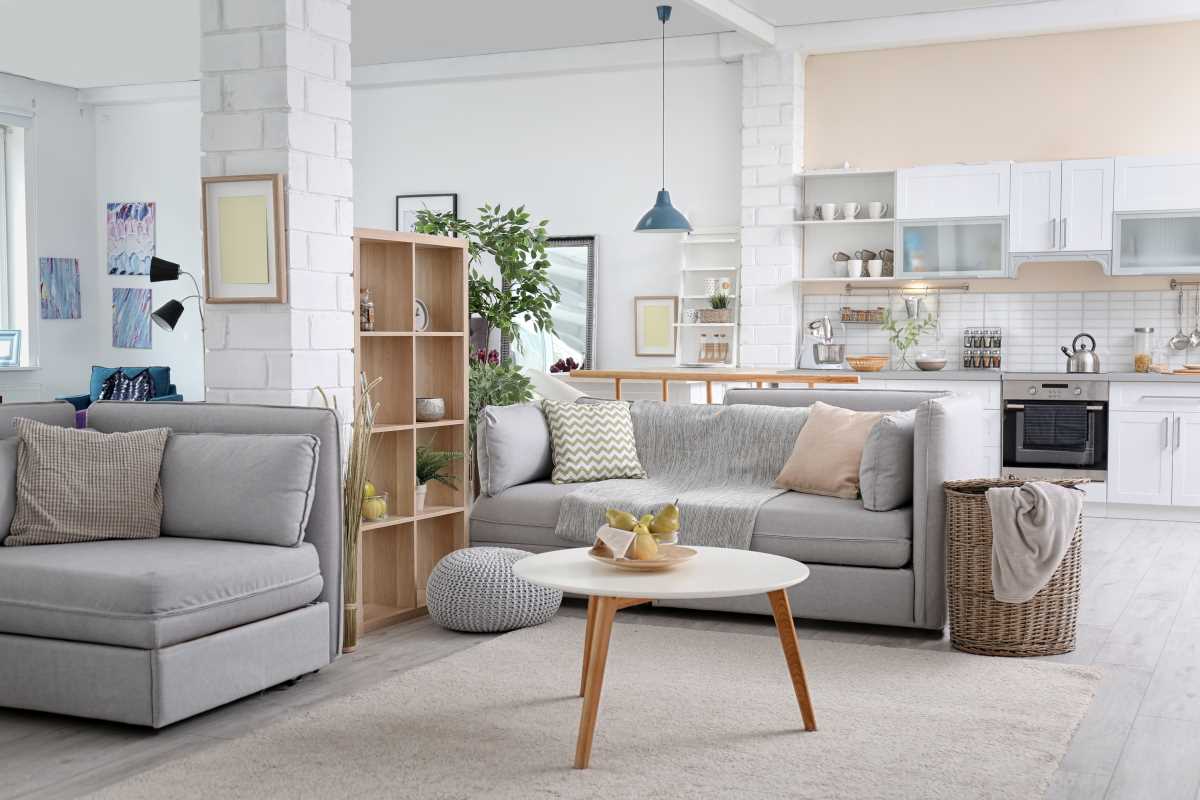 (Image via
(Image via